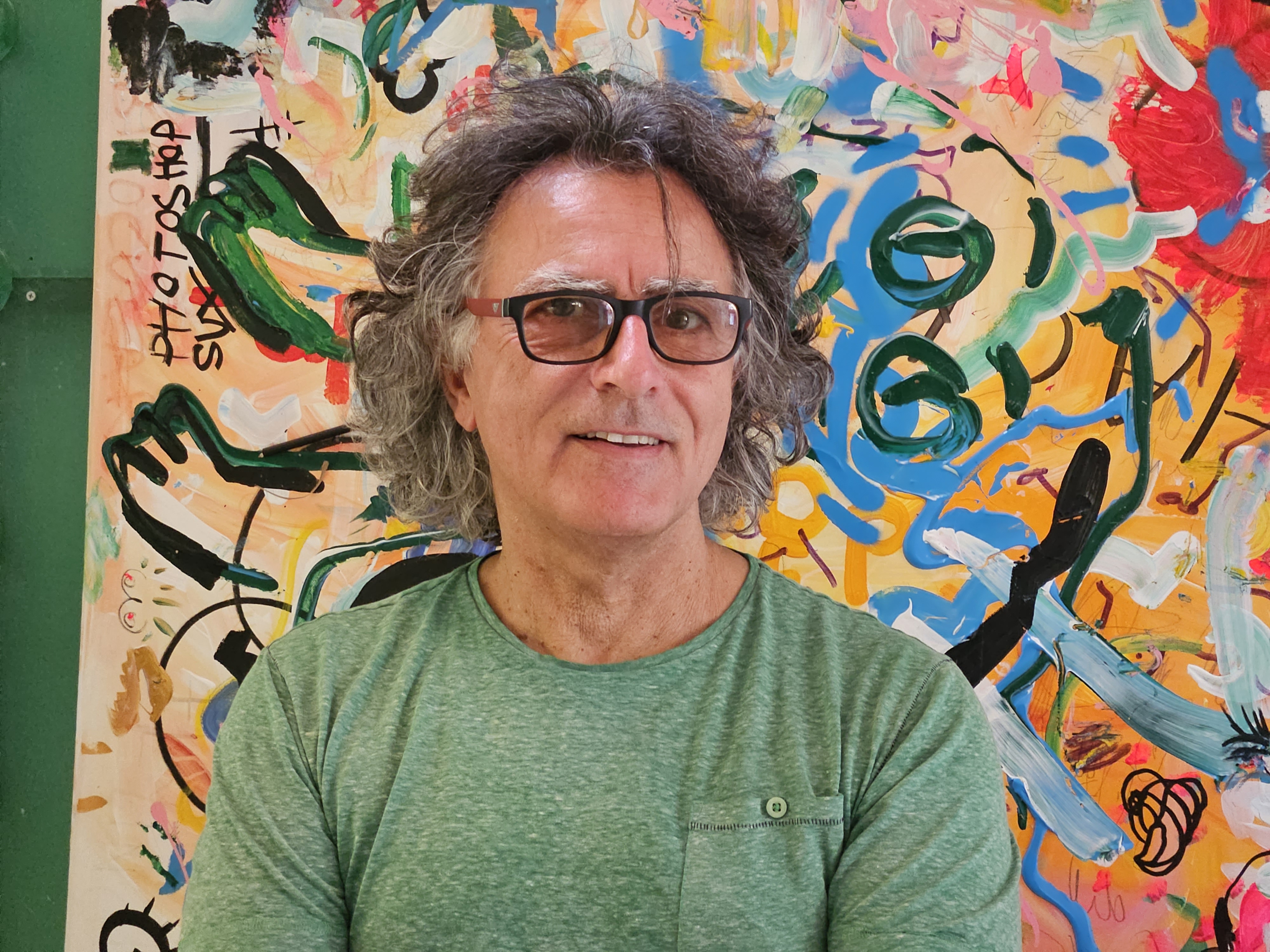What began as a social habit had morphed into a deeply personal one
By Despina Nicola
For years, John found himself caught in a cycle that many people struggle with: the allure and addiction of smoking. At first, he picked up cigarettes casually, influenced by friends, social pressures and the seemingly harmless thrill of trying something new. Yet, over time, this habit became more than just a pastime – it became a trap.
John’s initial foray into smoking was fuelled by curiosity and the desire to fit in. Smoking was something his peers did, a habit that seemed to connect him with others and convey a certain level of sophistication. Like many, John dismissed the warnings and risks, telling himself that he could quit whenever he wanted. Little did he realise that smoking, while offering a brief sense of relief, would create a powerful grip on his life.
The illusion of control
One of the biggest misconceptions John held was the belief that he was in control. He figured he could quit any time he wanted, particularly because he found the initial taste and smell unpleasant. But this sense of control was fleeting. As he continued smoking, he soon experienced cravings and withdrawal symptoms that made quitting feel impossible.
Misguided motivations and self-justification
Over time, John found himself smoking for different reasons: to ease stress, to stay alert or simply as a way to take a break during long work days. What began as a social habit had morphed into a deeply personal one. When John looked back, he realised that these motivations had all backfired. Smoking didn’t make him feel more sophisticated or at ease; instead it left him with regret, wishing he had never picked up the habit in the first place.
The challenge of quitting
Determined to reclaim his life from cigarettes, John decided it was time to quit. However, as anyone who has tried can attest, giving up smoking is no small feat. He quickly discovered the complexities of withdrawal, facing irritability, mood swings and even stronger cravings. With each attempt, John felt like he was losing a familiar crutch and the thought of quitting became increasingly daunting. This cycle left him feeling stuck, as if he were trapped in a maze with no clear way out.
Breaking through the false beliefs
One of the most surprising realisations for John was that smoking wasn’t truly relaxing him. He had bought into the common misconception that cigarettes provided relief and calm, yet quitting taught him that smoking only masked his stress temporarily. In fact, smoking was increasing his anxiety, pulling him into a cycle of dependency that he mistook for relaxation.
The cycle of relapse
Even as John managed to quit smoking several times, he was often lured back into the habit. Stressful events or casual outings with friends became the perfect excuse to light up “just one more.” Over time, he began to understand the cyclical nature of smoking addiction. Breaking free, he learned, wasn’t just about quitting once – it was about continuously resisting the pull back into the habit.
The mental maze of addiction
For John, smoking was like wandering through a mental maze. Each time he resolved to quit, he found himself circling back to the same spot, facing the same temptations and triggers. This cycle of trying, failing and trying again drained him emotionally, making him question his own willpower. He realised that breaking free from smoking required not only physical will but also a change in perspective – a way of understanding and escaping the mental traps.
Breaking free: John’s new chapter
Today, John is proudly smoke-free, having taken time to understand and address the psychological traps that had held him captive for years. Instead of viewing smoking as an escape, he now sees it for what it truly was: a trap that kept him from living fully. John hopes that by sharing his story, others might recognise the deceptive nature of smoking and feel inspired to find their way out of the maze.
Quitting wasn’t easy, but for John it was a transformative journey – one that taught him the value of persistence, self-awareness and resilience. Now, he no longer needs cigarettes to define his social interactions, manage his stress or fill his days. Instead he has found healthier outlets and rediscovered the joy of living smoke-free.
The reality of smoking addiction
Smoking isn’t just a habit; it’s a powerful addiction driven by both physical dependency and psychological attachment. Nicotine, the primary addictive substance in cigarettes, stimulates the release of dopamine – a feel-good chemical – creating brief moments of pleasure and calm. However, these moments are short-lived, and as nicotine levels drop, the body craves another hit, leading to a relentless cycle of dependence. For many, like John, this cycle becomes a mental and emotional battle, as smoking falsely appears to relieve stress and improve mood while in reality it intensifies both anxiety and dependency.







Click here to change your cookie preferences